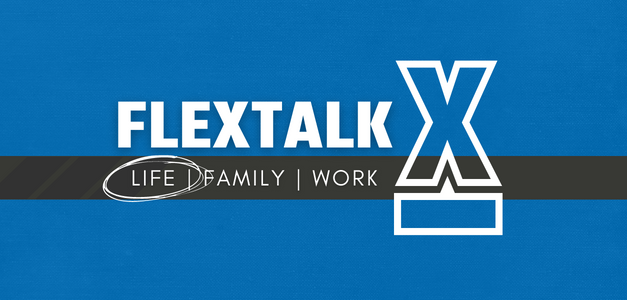Setting financial goals is the foundation of achieving financial security and peace of mind. Whether you’re saving for a major purchase, preparing for retirement, or simply looking to build a financial safety net, clarity is key. By setting clear financial goals, you’ll create actionable steps to achieve them. Here’s how you can start.
Define Your Values
The first step in setting financial goals is understanding your priorities. Think about what truly matters to you. Are you focused on paying off debt, saving for a home, or planning for your child’s education? When your financial goals align with your values, staying motivated becomes much easier. Take a moment to identify what drives you and create a goals list based on these insights.
Make Financial Goals SMART
Clear goals need structure. That’s where the SMART framework comes in. Break your goals into ones that are specific, measurable, achievable, relevant, and time-bound. Instead of deciding to “save more money,” set a goal like “save 10,000 dollars for a home down payment within two years.” A clear SMART goal gives you a clear target and helps you track progress along the way.
Create a Budget
Once your goals are in place, creating a budget helps you allocate resources effectively. Start by calculating your monthly income and fixed expenses such as rent, utilities, and bills. Then, identify areas where you can cut back and direct those savings toward your goals. Building this level of awareness over your spending habits helps you make intentional financial decisions while keeping your goals in sight.
Automate Savings
Automating your savings is a game-changer when it comes to staying consistent. Set up automatic bank transfers to your savings or investment accounts so you can contribute to your goals with minimal effort. For example, automatically transferring ten percent of your paycheck to a savings fund helps you make progress consistently without needing to think about it. Small, regular transfers grow sustainably over time.
Review and Adjust
Life is unpredictable, and sticking to rigid financial goals isn’t always realistic. Review your progress regularly and adjust your goals to reflect changes in your income, expenses, or priorities. For example, if you receive a raise, use part of it to increase your savings. Staying flexible ensures that your goals always align with your current situation, allowing you to remain on track.
Financial success starts with setting clear and actionable goals. By aligning your goals with what matters to you, turning them into SMART steps, and creating a comprehensive financial plan, you’re paving the way to financial freedom. Start defining your goals today, and take the first step toward a future that feels secure and rewarding.
- What are some personal financial goals that you believe align with your current priorities, and how can they guide your financial planning?
- How do you interpret the concept of “financial freedom,” and what steps are you taking (or could you take) to achieve it?
- What strategies do you use to ensure your financial goals are SMART (Specific, Measurable, Achievable, Relevant, and Time-bound)?
- How can flexibility in a financial plan contribute to its long-term success, especially when unexpected challenges arise?
- What actionable steps can someone take today to start building a comprehensive financial plan that aligns with their life goals?


